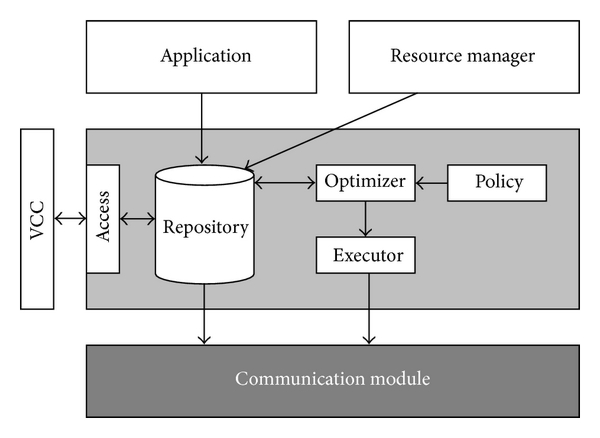The Instituto Nacional de Ciberseguridad (INCIBE), in cooperation with the Organización de Estados Americanos (OEA), organized the l “I Foro Internacional de Género y Ciberseguridad: creando un mundo digital más inclusivo v1.0”, in the Auditorio Ciudad de León, on June 5th and 6th, 2017. Representants of 21 countries were present on this Forum where conferences and working groups performed a quite important task.
Main Forum objectives were the following ones:
- Promote information exchange and the development of knowledge on gender and cibersecurity
- Analyce current situation and the gender problems both at national and international levels in relation to the cibersecurity field
- To debate on the main problems in gender violence over the digital world
Among the different activities, the B105 participated in the Working Group 1: “Mejores prácticas para sensibilizar a las jóvenes en la importancia del mundo digital, especial referencia a la Ciberseguridad, carreras tecnológicas, y medios de comunicación” where our collegue Octavio worked as member of the group.
More information on the web https://www.incibe.es/foro-genero-ciberseguridad





